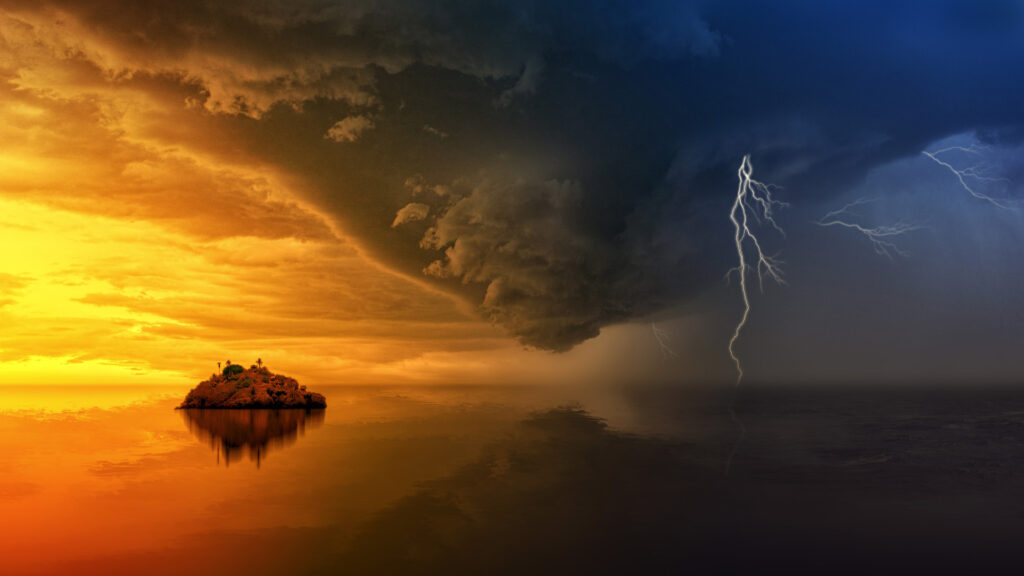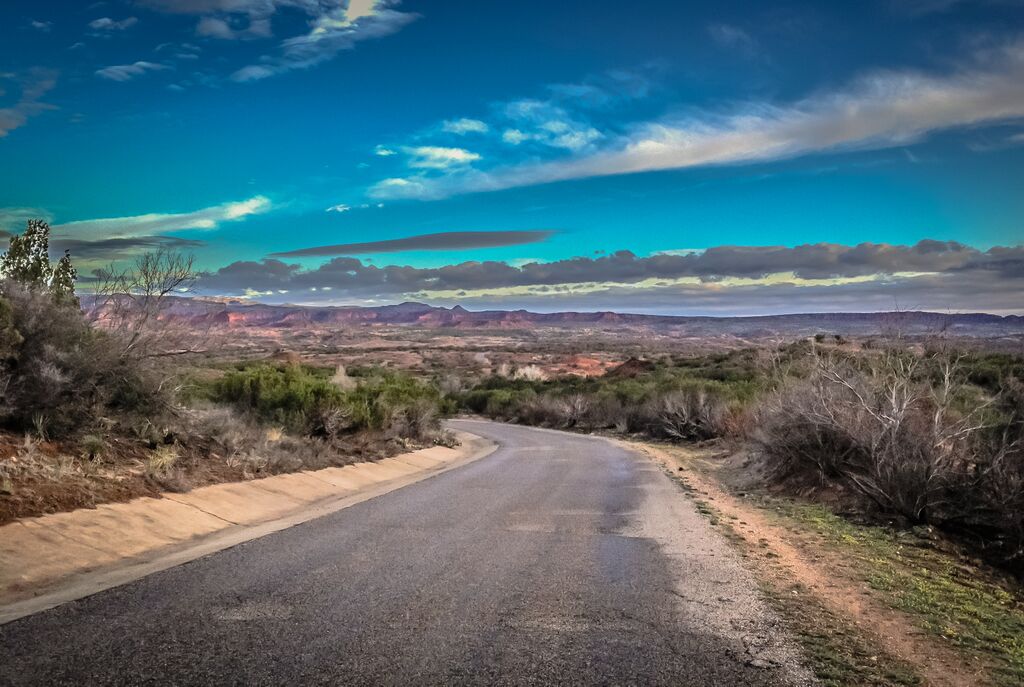“How can you sit in love and live in love rather than in fear? The first step is to love your fear. There’s a way in which you actually have to bow to the fear and say, ‘I know you. You too are part of this humanity.'” – Jack Kornfield
To work with Buddhism’s Hindrances to clarity—desire, aversion, sleepiness, restlessness, and doubt—we must actually study them, observing and allowing them to be incorporated into our meditation practice. When desire arises, we can begin to examine the ‘desiring mind’ with mindfulness. We can acknowledge it, “Desire, desire,” and feel its quality. To look at desire is to experience the part of ourselves that is never content, that always says, “If only I had some else, something different than this, that would make me happy. If only I had some other relationship, some other job, some more comfortable cushion, less noise, cooler temperature, warmer temperature, a little more sleep last night, then I could meditate well.”
The mindful way of working with desire is not to condemn it, but to turn attention to the state of desire, to experience it in the body and mind, and to name it gently, “Wanting mind, wanting mind.” We become the loving witness to it. In this way we learn to be fully aware of states like desire without being so caught up by them. We find freedom with our loving attention. Some desires are healthy, some not. With mindfulness we can choose which to follow. Mindfulness opens is to true inner freedom.
The same approach of mindful loving awareness is used when working with anger, aversion, or fear. We may have to acknowledge fear eighty times before it becomes familiar to us. But if we sit unmoving, and every time fear comes we acknowledge it kindly, “Fear, fear,” and let ourselves be mindful of the trembling and the coolness and the breath stopping and the stories and images, if we just stick with it, one day fear will arise and we will say, “Fear, fear, oh, I know you! You are very familiar!” Our whole relationship to the fear will have changed and we will see it as an impersonal state, like a program that comes on the television for a while and passes away, and we will be freer and wiser in our relationship to it.
This may sound easy, to be present with a balanced and soft attention, but it is not always so. It takes some time to learn. Over time, when we sit and see what happens, we realize that who we are is bigger than the fear. We become free in a new way. Anger, fear, desire – all of these states can be a source of wisdom when they are acknowledged and felt with loving awareness. As we become present for them, we see how they arise according to certain conditions and they affect the body and mind in a certain way and then they inevitably pass away. If we are mindful and not caught up in them, we can observe them like a storm, they are experienced for a time and then as they pass away we can remain centered and calm amidst it all.
This is an excerpt from ‘Bringing Home the Dharma: Awakening Right Where You Are‘





